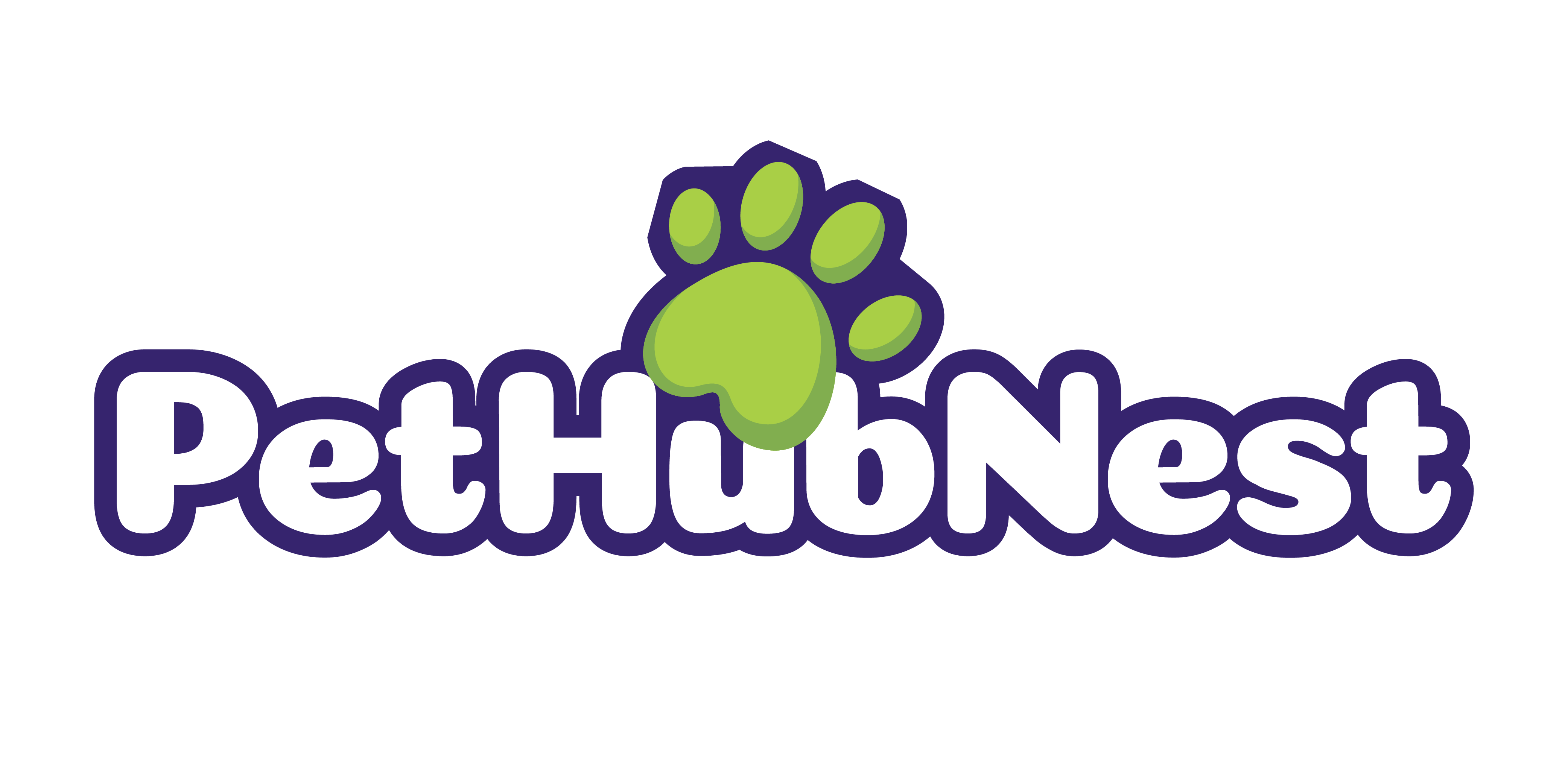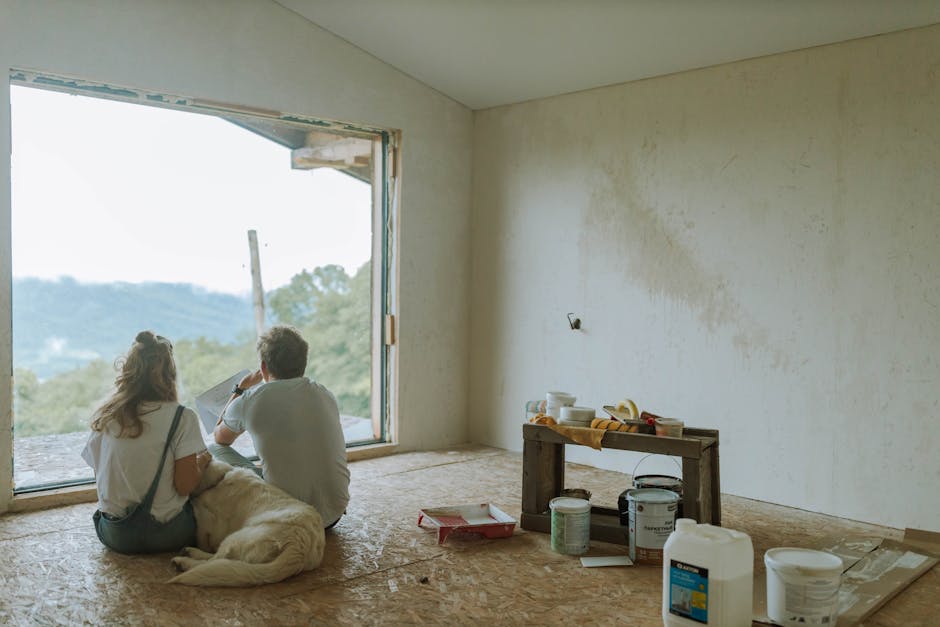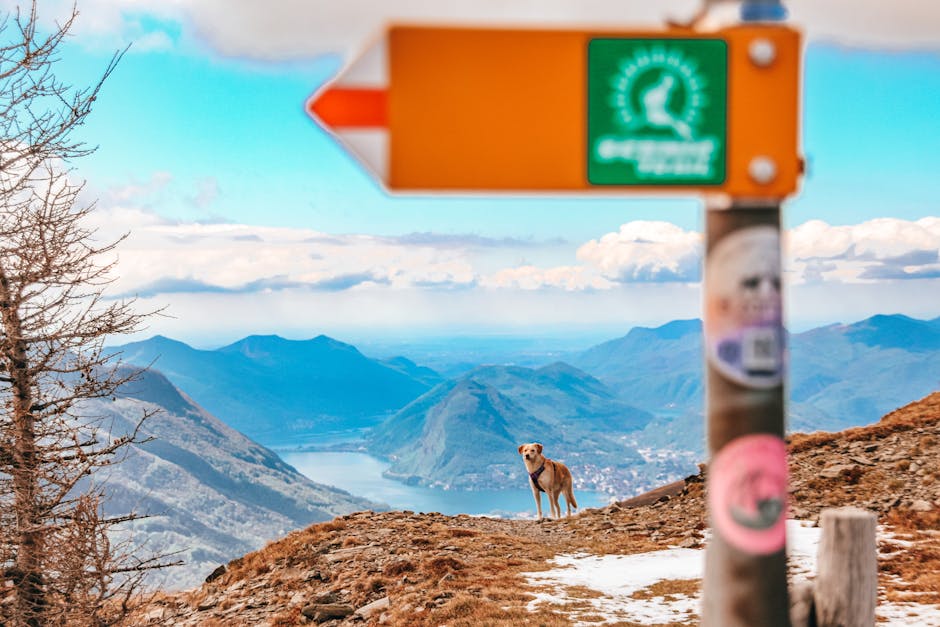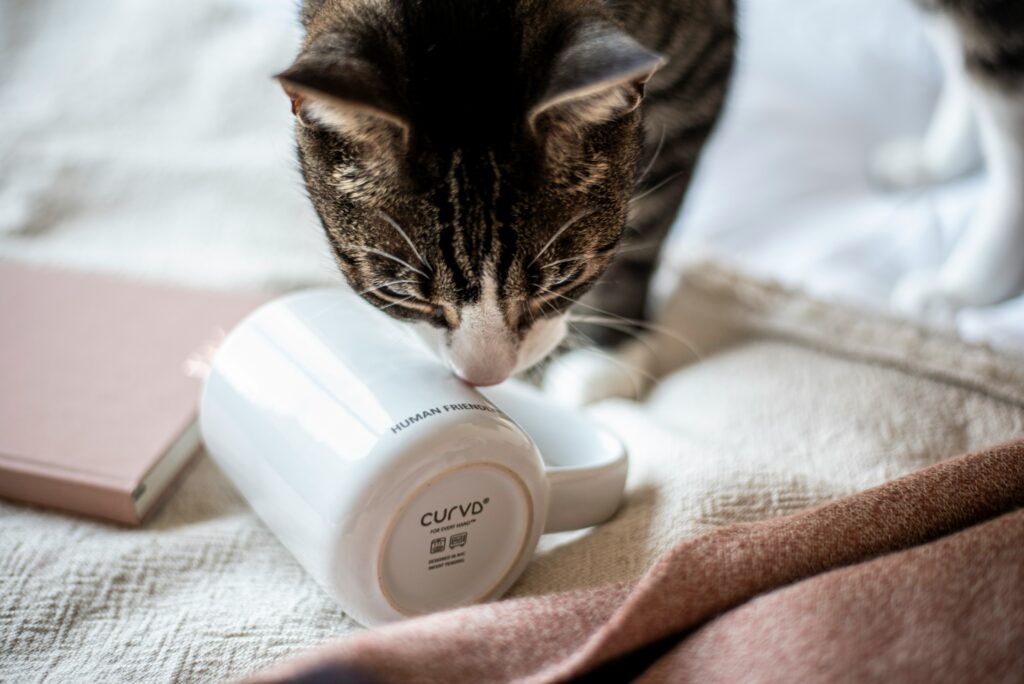Why Make Your Own Pet Toys?
DIY pet toys aren’t just a budget hack—they’re a smarter, more satisfying way to keep your pet entertained. Store-bought toys can add up fast, especially when your dog demolishes them in ten minutes or your cat loses them under the couch forever. Making your own means you save money without cutting back on the fun.
You also get more say in the materials. No mystery fillers, no questionable dyes. You’re in control, which means safer toys with fewer surprises. If your pet has sensitivities—or if you just care about what ends up between their teeth—this matters.
Plus, creating these toys isn’t some solo craft hour. It’s a bonding experience. You get to watch your pet light up over something you made just for them. It’s play with purpose.
Top it off with a lower environmental impact. Repurpose old shirts, socks, boxes—things already lying around. Less waste, more wag. That’s a win-win.
Materials You Probably Already Have
Before you hit the craft store, check your own home. Most of what you need to make great pet toys is likely sitting in a drawer, closet, or recycling bin. Start with old t-shirts, socks, or denim—soft but durable fabrics that can be cut, braided, or rolled into tug toys and kicker pillows. Worn doesn’t mean useless. These items already carry your scent, which can actually comfort your pet.
Recyclables like cardboard tubes and boxes are another goldmine. They’re great for interactive puzzles, chewing, or hide-and-seek-style games. Tennis balls, scraps of rope, and strips of fleece can be refashioned into all sorts of playtime favorites with just a little cutting and tying.
Last but not least, make sure your toolkit is pet-safe. Always use non-toxic glue if bonding pieces together, and keep a pair of scissors handy—but sharp and supervised. Safety comes first. When in doubt, leave it out. Your DIY toy should last through enthusiastic play, not fall apart mid-chomp.
DIY Toy Ideas for Dogs
Looking to entertain your pup without breaking the bank? These easy, homemade dog toy ideas are affordable and fun — plus they put old household items to good use.
T-Shirt Rope Tug Toy
Give new life to old T-shirts with this simple, satisfying tug toy your dog will love.
Materials You’ll Need:
- 2–3 old cotton T-shirts (any size)
- Scissors
Step-by-Step Instructions:
- Cut each shirt into long, even strips (about 1–2 inches wide).
- Tie three strips together in a knot at one end.
- Braid the strips tightly into a rope.
- Tie a knot at the other end to secure it.
Why It Works:
- Great for games of tug-of-war or fetch.
- Machine washable and eco-friendly.
Upgrade Tip: For powerful chewers, double up the material or mix in a length of sturdy denim for added durability.
Treat-Dispensing Bottle Puzzle
Turn an empty water bottle into a mentally stimulating game that rewards your dog with treats.
Materials You’ll Need:
- One empty, clean plastic bottle (with label removed)
- Dry kibble or small treats
- Safety scissors or utility knife
How to Make It:
- Cut a few small treat-sized holes around the sides of the bottle.
- Add a handful of kibble or treats inside.
- Screw the cap on tightly (or leave it off for beginners).
How It Helps:
- Encourages cognitive stimulation and problem-solving.
- Keeps dogs busy and mentally engaged.
Important: Always supervise your pet during use, and discard the toy as soon as it becomes damaged.
Sock Squeaker Toy
Have a squeaker leftover from a destroyed toy? Don’t toss it—repurpose it in a DIY sock squeaker.
Materials You’ll Need:
- One clean, old sock
- A working squeaker (from a worn-out toy)
- Optional: stuffing or crinkly material (like an empty cereal bag)
Assembly Instructions:
- Insert the squeaker into the toe of the sock.
- Add filler if desired for extra bulk or noise.
- Tie a tight knot to seal, or stitch the open end for a more secure hold.
Why Dogs Love It:
- Familiar smells from worn socks increase engagement.
- Great for tossing, shaking, or solo play.
Durability Tip: Use thicker socks or layer two for stronger construction.
Cardboard Whack-A-Mole Box
Raid the recycling bin—this toy’s almost too easy. Grab an old shoebox and cut several holes into the lid, just big enough for a paw to slip through. Inside, toss in ping-pong balls or crumpled paper balls. Throw in a few small toys for variety. Then close the lid and shake it a bit to get things moving.
Bonus move: rotate the toy stash every few days. What was boring yesterday feels brand new when it moves or smells different.
For cats that thrive on stalking and surprise, this kind of hidden-target game taps into natural instincts. No batteries, no flashing lights. Just cardboard, movement, and curiosity doing all the work.
Safety Tips for DIY Pet Projects
Making your own pet toys is a smart, satisfying way to save money and reduce waste—but safety always has to come first. Start by supervising the first play session, no exceptions. You want to see how your pet interacts with the toy and catch any weak spots before they turn into hazards.
Check for loose parts, fraying edges, or anything that could be chewed off and swallowed. Buttons, zippers, or anything small enough to lodge in a throat has no place on a DIY toy. Only use pet-safe materials—this means avoiding glues, dyes, or paints not marked as non-toxic. If you wouldn’t feel safe chewing on it yourself, trash it.
Old clothes, water bottles, or tennis balls can work great—but wash them first. Dirt, detergent residue, or leftover food smells can cause issues. A rinse and once-over only takes a few minutes and keeps things safer for everyone.
Bottom line: a little caution goes a long way. Make smart choices, keep an eye out early, and you’ll have safer, longer-lasting toys and a happier pet.
Adding Fun to Travel with DIY Toys
Long car rides and unfamiliar places can rattle even the chillest pets. That’s where homemade toys come in—they offer comfort, distraction, and a bit of home in a new environment. Whether it’s a braided rope from an old t-shirt or a catnip-filled kicker made from fleece scraps, familiar textures and smells help reduce anxiety on the go.
These toys are easy to toss in a crate or carrier. They’re lightweight and don’t take up much space, which matters when you’re juggling travel chaos. You can even tailor them for the trip—smaller toys for tight carriers, or puzzle toys with treats to keep bored pets busy during layovers.
Pro tip: stash one or two toys in your pet’s travel bag every time. It takes pressure off you and gives your pet something to do besides bark at passing scenery. Plus, you’ll avoid overpriced, low-quality impulse buys at airport pet shops.
For more practical pet travel advice, check out The Ultimate Pet Travel Guide: Safe and Fun Trips.
Wrapping It Up
Making your own pet toys isn’t just a creative weekend project—it’s a practical way to add more fun, savings, and heart into your pet’s life. Whether you’re a lifelong DIY-er or just trying your first project, the payoff is immediate: wagging tails, happy purrs, and a deeper bond.
Why DIY Pet Toys Make Sense
- Affordable: Use what you already have at home
- Custom: Tailor toys to your pet’s size, habits, and preferences
- Eco-Friendly: Reduce waste by repurposing old items
- Interactive: Many projects double as bonding time with your pet
Homemade Doesn’t Mean Inferior
Store-bought toys come with packaging and marketing—but not necessarily more value. With the right materials and a little imagination, your homemade toy can offer just as much engagement and joy. Often, pets end up preferring DIY toys because they carry familiar scents and interactive elements made just for them.
Watch What Works
As you experiment with DIY designs, notice what captures your pet’s attention most:
- Do they love tugging, chewing, swatting, or batting?
- Which materials hold up best over time?
Use these insights to refine your next batch of toys—it’s a creative process that improves with each try.
Final Thought
At the end of the day, your pet doesn’t judge your craft skills or your budget. What they love most is your effort, attention, and willingness to play. That’s what makes DIY pet toys special—not the perfect shape, but the love behind each knot, stitch, or swirl of catnip.


 Norvella Neythanna is the co-founder and author at pethubnest She blends her passion for pets with her interest in technology, covering innovative products and ideas that transform pet care.
Norvella Neythanna is the co-founder and author at pethubnest She blends her passion for pets with her interest in technology, covering innovative products and ideas that transform pet care.


